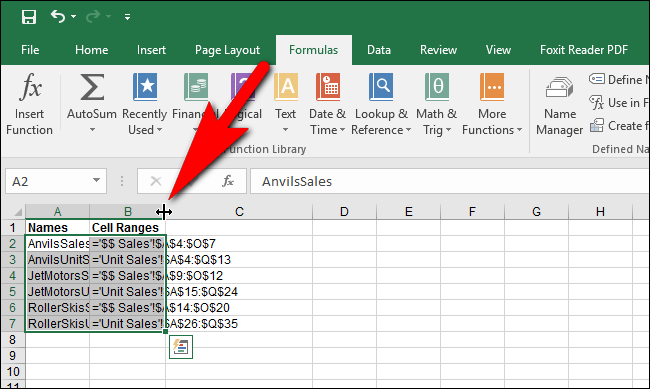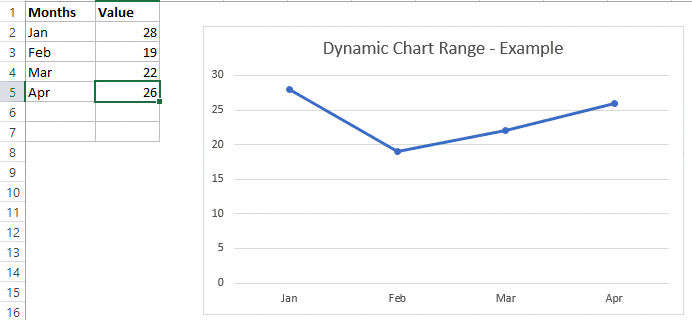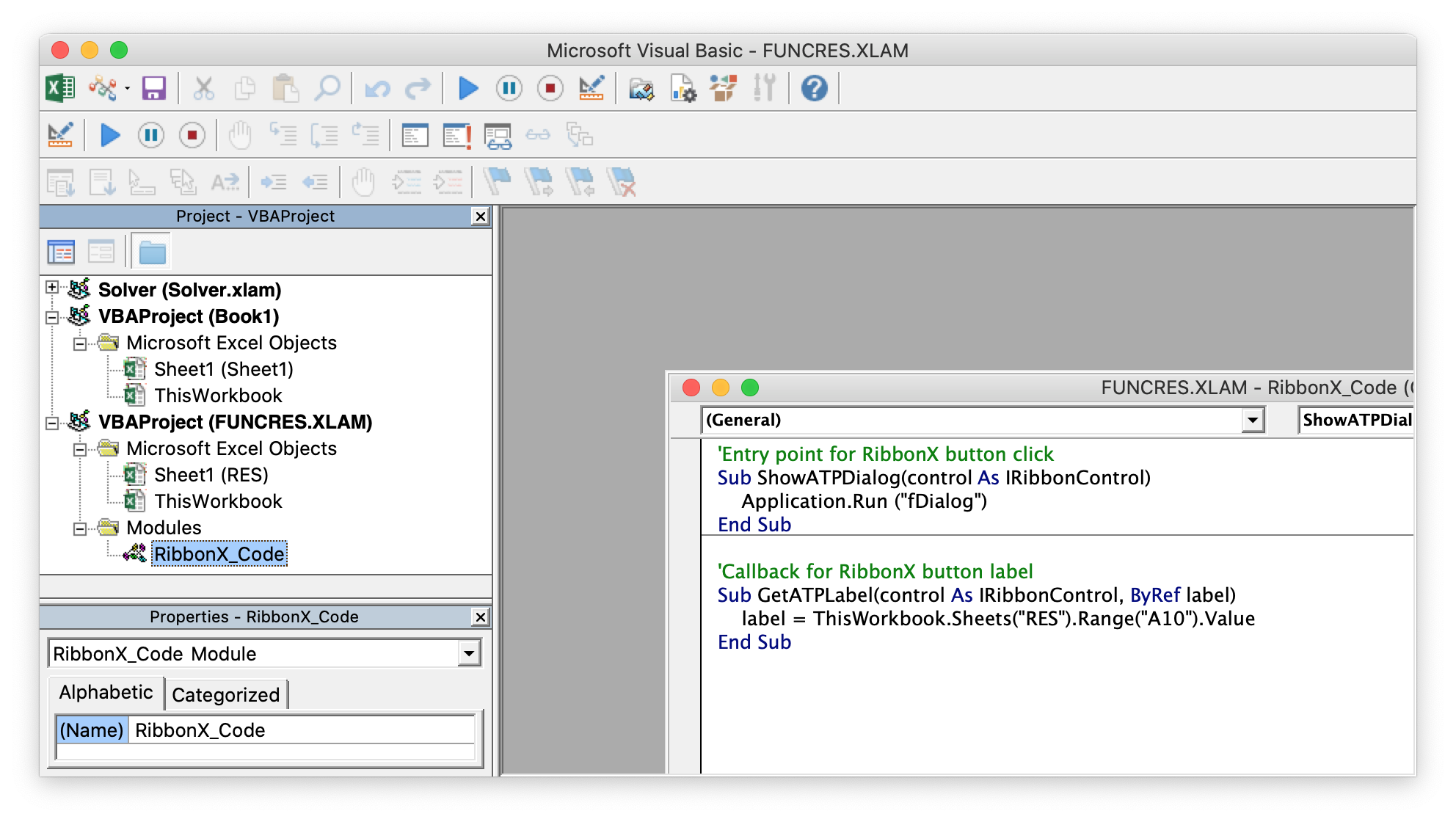

In the following screenshot, we define a dynamic named range items that accommodates all cells with data in column A, except for the header row:

Or, press Ctrl + F3 to open the Excel Name Manger, and click the New… button. On the Formula tab, in the Defined Names group, click Define Name.
#How do i name ranges using excel on mac how to#
How to create a dynamic named range in Excelįor starters, let's build a dynamic named range consisting of a single column and a variable number of rows. How to use dynamic named ranges in formulas.How to make two-dimensional dynamic range in Excel.How to create a dynamic named range in Excel (one-dimensional).Further on in this tutorial, you will find detailed step-by-step guidance on how to do this. If you are working with a continuously changing data set, you may want to make your named range dynamic so that it automatically expands to accommodate newly added entries or contracts to exclude removed data. A static name always refers to the same cells, meaning you would have to update the range reference manually whenever you add new or remove existing data.

In last week's tutorial, we looked at different ways to define a static named range in Excel. In this tutorial, you will learn how to create a dynamic named range in Excel and how to use it in formulas to have new data included in calculations automatically.


 0 kommentar(er)
0 kommentar(er)
